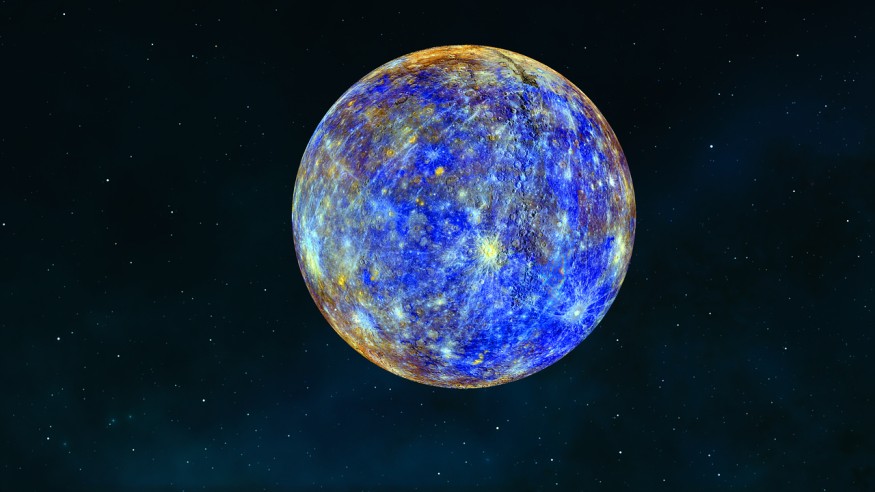
An international team of researchers from the United States, Canada, and China has proven that Mercury has geomagnetic storms similar to Earth. SciNews reported that as the closest planet to the Sun in the Solar System, Mercury has a significantly weaker magnetic field, smaller magnetosphere, and faster timescale of processes compared to Earth.
But the findings answer the question of whether those planets outside the Solar System can also have geomagnetic storms regardless of size and magnetosphere. More so, it shows that Mercury's magnetosphere can initiate magnetic storms under strong solar wind driving.
Geomagnetic Storms Detected in Mercury Despite Weaker Magnetic Field, Smaller Magnetosphere Compared to Earth
Confirming Presence of Geomagnetic Storms in Mercury
Geomagnetic storms are major disturbances in a planet's magnetosphere caused by the transfer of energy from the solar wind, causing auroras and interruptions in radio communications and power grids.
Space physics professor Hui Zhang from the University of Alaska Fairbanks Geophysical Institute, whose study is involved in the recent research he co-authored, said the geomagnetic storms they observed on Mercury were similar to those seen on Earth, with the only difference being that the former has a weak magnetic field and virtually no atmosphere.
A new analysis of the data from NASA's MErcury Surface, Space Environment, GEochemistry, and Ranging (MESSENGER) spacecraft revealed the presence of a ring current intensification essential in the formation of geomagnetic storms, The Print reported.
Mercury's magnetosphere was first discovered in the 1970s by NASA's Mariner 10 spacecraft. Meanwhile, the MESSENGER spacecraft confirmed that it resembles the magnetosphere of Earth in several aspects, like magnetosphere structures, dynamic processes, and magnetic structures.
Confirmation came from the geomagnetic storms on Mercury that happened on April 8-18, 2015, after the Sun ejected a series of coronal mass ejections. Before the MESSENGER spacecraft crashlanded on Mercury on April 30, 2015, it was able to record the ring current on Mercury on April 14 that year, which increased the current's energy.
Zhang noted that the sudden intensification of a ring current had caused the main phase of the magnetic storm on the planet, therefore proving its presence on Mercury.
ALSO READ: Mercury Explained: Understanding Its Iron Core and the Sun's Magnetism
No Auroras in Mercury Despite Magnetic Storms
Despite the confirmation that Mercury has geomagnetic storms like Earth, the team explained that no auroras are formed on the planet during the disturbance.
According to Science Daily, auroras on Earth are formed when solar particles interact with the particles in the atmosphere. But solar wind particles in Mercury do not encounter an atmosphere because they easily reach the planet's surface without barriers and can only be visible under X-ray and Gamma-ray.
Nonetheless, the findings show that magnetic storms could be a common feature among magnetized planets. Researchers also noted that the data from the MESSENGER spacecraft provided further fascinating insight into the role of Mercury in the evolution of the Solar System.
The two studies were published in the journals Science China Technological Sciences and Nature Communications.
Check out more news and information on Space on Science Times.
© 2025 ScienceTimes.com All rights reserved. Do not reproduce without permission. The window to the world of Science Times.











